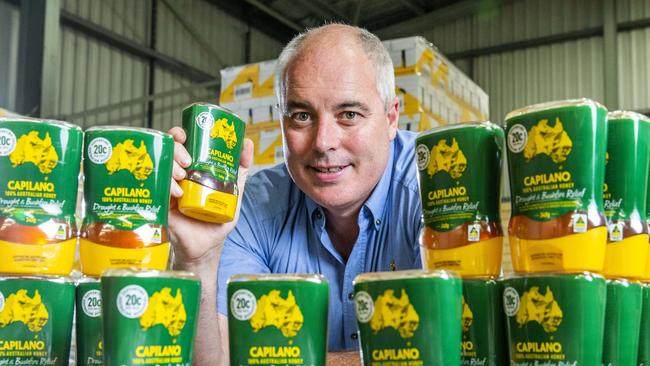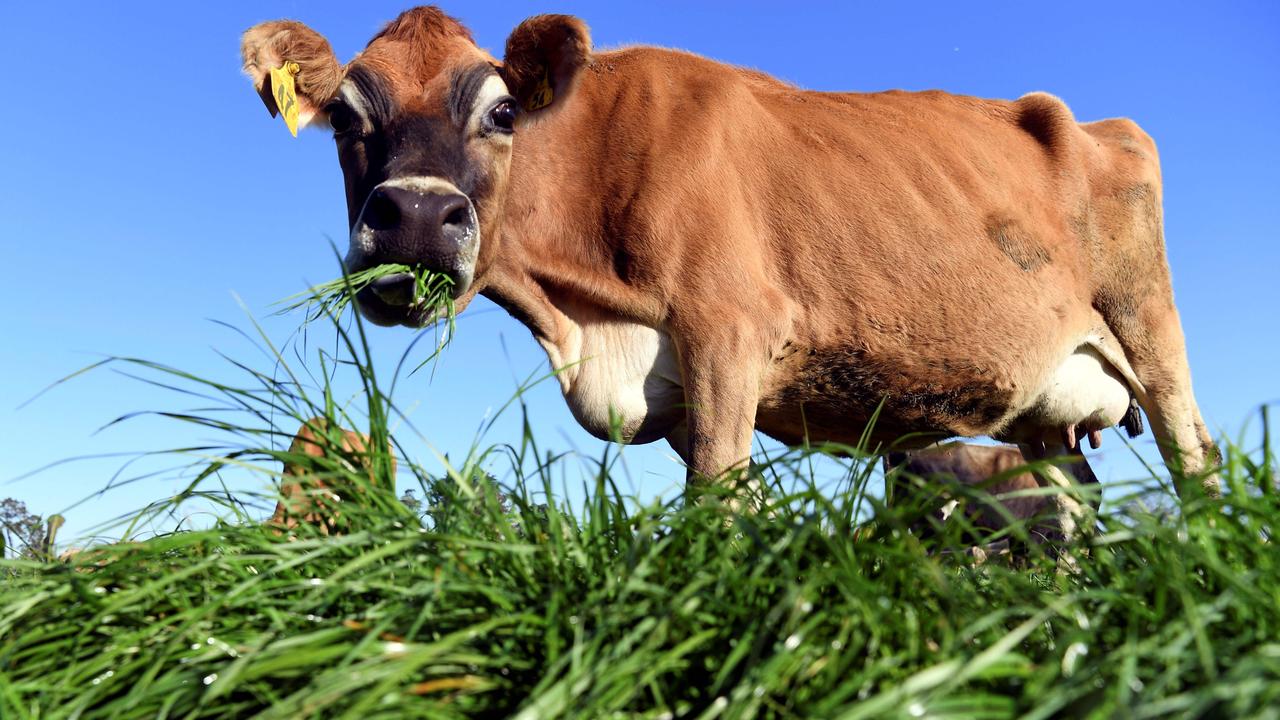More than 10,200 bee hives burnt in bushfires
The toll of hives burnt across Australia continues to mount as beekeepers are given access to fire-ravaged sites.

MORE than 10,200 bee hives have been burnt in bushfires across Australia since September, and losses are expected to rise as beekeepers are given access to fire-ravaged sites.
Australian Honey Bee Industry Council chief executive Sarah Paradice said the tally of destroyed and damaged hives would mount as road and forest closures lifted, but early counting revealed at least 6000 hives have been burnt in NSW, 2100 in South Australia, 1000 in Queensland, 800 in Victoria and 300 in Western Australia.
And more than 50,000 hives in NSW have lost field bees – foragers who collect nectar during the day – so are functioning at reduced strength.
Ms Paradice said bushfires and drought have made 90 per cent of Queensland’s crown land unproductive for foraging bees.
“One large Queensland honey packer (predicted) that up to 70 per cent less honey will be produced due to drought and fire,” she said.
The story is less dire in Victoria, where vital food sources have not been affected.
More than a quarter of Kangaroo Island’s Ligurian strain of honey bees, 1100 of 4000 hives, have been lost in fires that ripped through the western part of the remote South Australian island earlier this month.
The bees are believed to be the last remaining colony – and the purest – of Ligurian bees in the world.
“All states are calling for help buying sugar and pollen to keep bees alive,” Ms Paradice said. “Also we need areas of unburnt country opened up to beekeepers to provide floral resources to keep their bees alive, rebuild compromised hives and replace burnt hives so they are ready for pollination in spring.”
Hive and Wellness chief operating officer Ben McKee, who oversees production of the company’s flagship product Capilano, expected honey production to be down by more than 50 per cent.
“The fires have burnt some critical beekeeping regions. We’re predicting this year’s crop will be the lowest on record, down to 4000 to 5000 tonnes, compared to a yearly average of about 10,000 tonnes,” Dr McKee said.
He warned the critical honey shortage would lead to less Australian honey on supermarket shelves.
Hive and Wellness sources honey from more than half of Australia’s 1500 professional beekeepers to supply its Capilano range.
The honey industry has launched Hive Aid to assist drought and fire-affected beekeepers who are being forced to handfeed their bees. The hardship fund received a significant boost last week with a $100,000 donation from almond giant Olam International. Almonds are wholly reliant on bees for cross pollination.
Twenty cents from the sale of Capilano’s 340g honey packs will be donated to Hive Aid.



